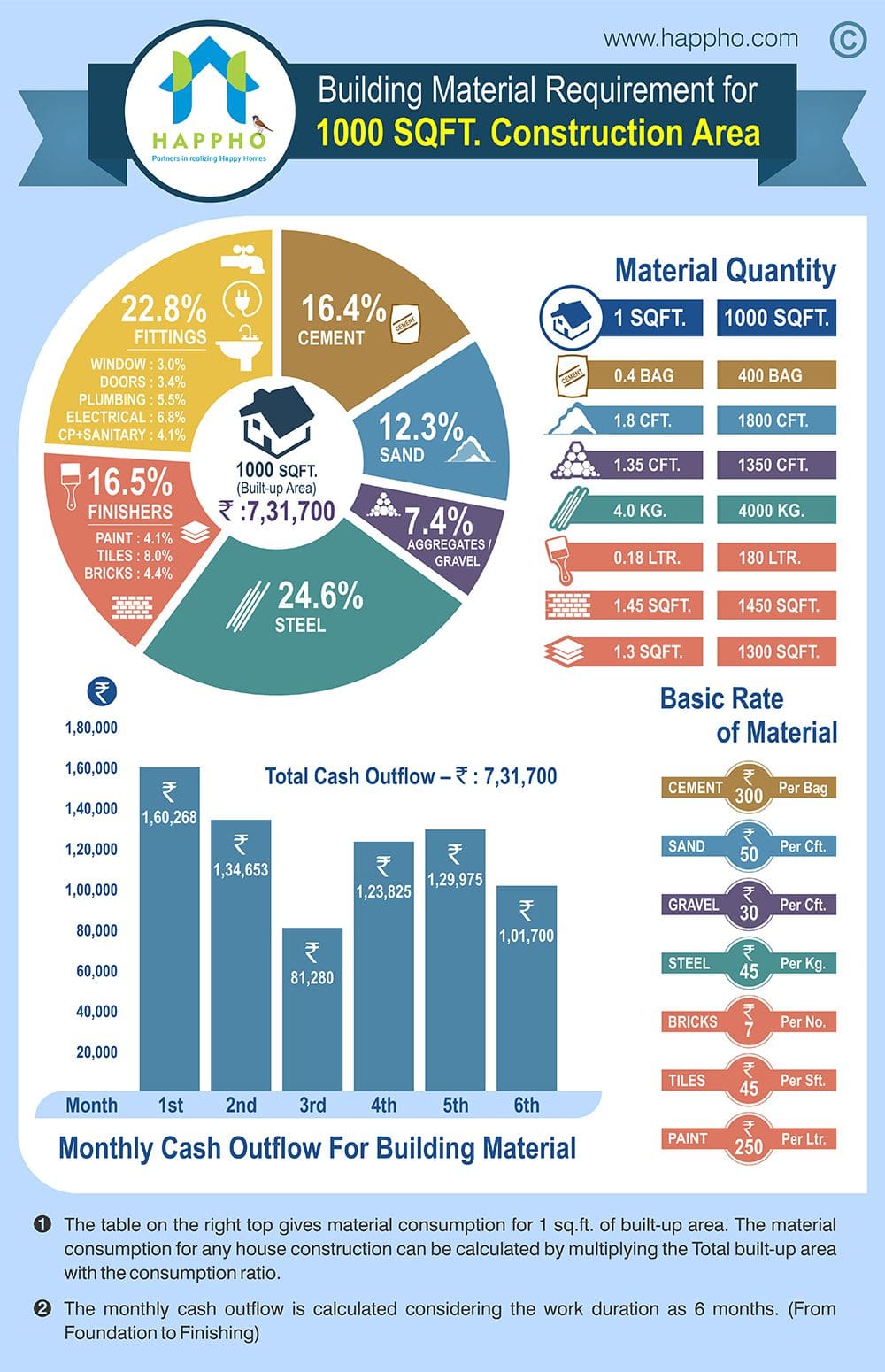Understand How Seasonal Problems Affect The Success Of Commercial External Paint And Learn The Ideal Periods To Guarantee Long-Lasting Outcomes For Your Project
Understand How Seasonal Problems Affect The Success Of Commercial External Paint And Learn The Ideal Periods To Guarantee Long-Lasting Outcomes For Your Project
Blog Article
Author-Doherty Whalen
When you're preparing a business external painting task, seasonal elements can make or break your results. You'll intend to think about exactly how temperature and moisture effect paint application and drying out times. Selecting the best season can guarantee your paint adheres properly and lasts much longer. However which seasons are truly the most effective for this kind of job? Let's explore the key elements that can affect your job's success.
The Impact of Temperature on Paint Application
When you're planning a commercial exterior paint project, the temperature level can dramatically influence exactly how well the paint sticks and dries out.
Ideally, you intend to paint when temperature levels vary between 50 ° F and 85 ° F. If it's too chilly, the paint may not heal properly, causing issues like peeling or splitting.
On the flip side, if it's also warm, the paint can dry too rapidly, stopping proper bond and leading to an unequal coating.
You ought to also take into consideration the time of day; morning or late afternoon provides cooler temperature levels, which can be more beneficial.
Always check the supplier's recommendations for the details paint you're using, as they often provide assistance on the excellent temperature level variety for optimal outcomes.
Moisture and Its Effect on Drying Times
Temperature level isn't the only ecological aspect that influences your commercial external painting project; humidity plays a significant role also. High moisture degrees can slow down drying times substantially, affecting the total high quality of your paint job.
When the air is filled with wetness, the paint takes longer to treat, which can result in problems like poor bond and a higher risk of mold growth. If you're repainting on an especially humid day, be prepared for prolonged delay times between layers.
commercial interior painter twin cities to check neighborhood weather and strategy appropriately. Preferably, go for humidity degrees between 40% and 70% for ideal drying.
Maintaining these factors in mind guarantees your job stays on track and delivers a long lasting coating.
Best Seasons for Commercial Outside Paint Projects
What's the very best time of year for your business exterior paint tasks?
Spring and very early autumn are usually your best options. During these seasons, temperatures are mild, and humidity degrees are frequently lower, creating optimal problems for paint application and drying out.
Stay clear of summer season's intense heat, which can trigger paint to completely dry as well rapidly, bring about poor adhesion and surface. Likewise, Link Website can prevent appropriate drying and treating, taking the chance of the durability of your paint job.
Aim for days with temperature levels in between 50 ° F and 85 ° F for optimal results. Bear in mind to inspect the neighborhood weather prediction for rain, as wet problems can ruin your task.
Preparation around these elements guarantees your paint project runs smoothly and lasts much longer.
Conclusion
In conclusion, preparing your industrial outside paint tasks around seasonal considerations can make a substantial distinction in the outcome. By organizing job during the optimal temperatures and humidity degrees, you'll guarantee much better bond and drying out times. Remember to keep an eye on neighborhood weather report and choose the right time of year-- springtime and early fall are your best bets. Taking these actions will assist you accomplish a sturdy and specialist finish that lasts.
